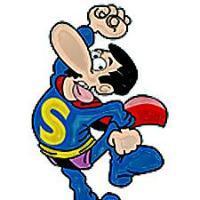-
Welcome to the eG Forums, a service of the eGullet Society for Culinary Arts & Letters. The Society is a 501(c)3 not-for-profit organization dedicated to the advancement of the culinary arts. These advertising-free forums are provided free of charge through donations from Society members. Anyone may read the forums, but to post you must create a free account.
How sharp are ceramic knives?
-
Similar Content
-
- 87 replies
- 8,767 views
-
- 12 replies
- 1,245 views
-
- 173 replies
- 57,470 views
-
- 19 replies
- 652 views
-
- 335 replies
- 69,365 views
-
-
Recently Browsing 0 members
- No registered users viewing this page.







Recommended Posts